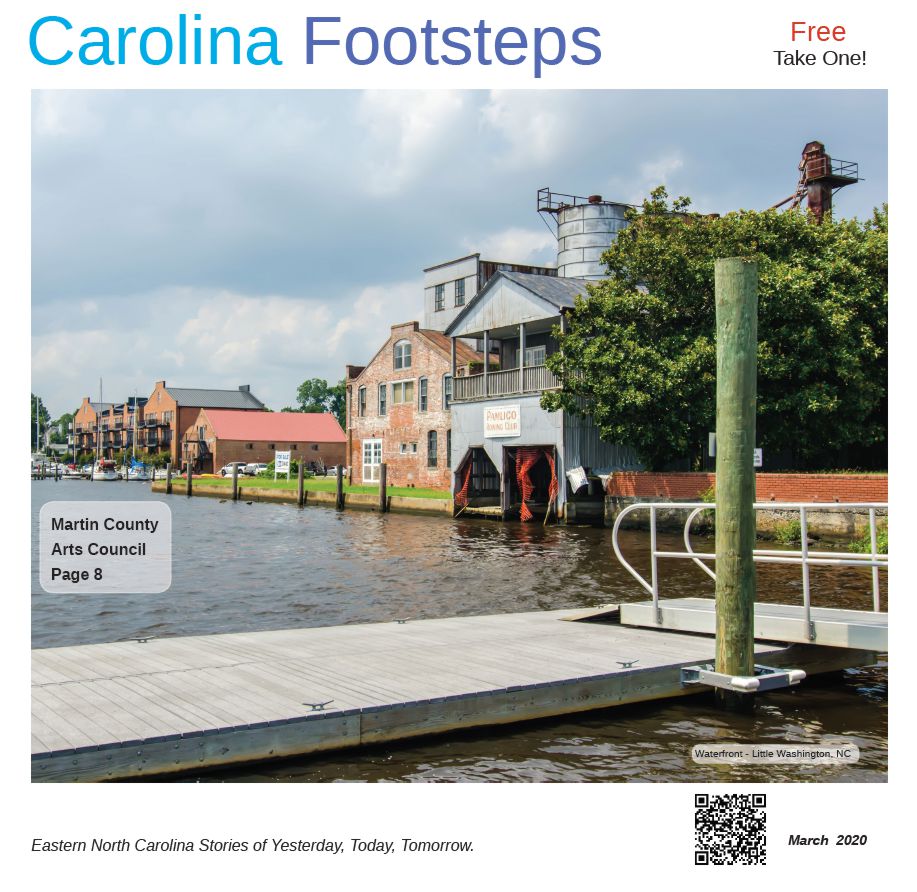In North Carolina, pedestrians on the road or highway have limited rights but many responsibilities. The adage that “The pedestrian always has the right of way” is not the law of North Carolina. These rules are in place not only to provide for the safety of both pedestrians and motorists, but to also allow for the orderly and predictable flow of traffic.
The primary rule that pedestrians must follow in North Carolina is to pay attention and take reasonable care for their own safety. This means that, no matter where they are, pedestrians must not intentionally put themselves in harm’s way, whether they have the right of way or not. If a pedestrian sees that another vehicle is so close as to be a danger to the pedestrian, whether the vehicle is travelling legally or illegally, the pedestrian must try to avoid the vehicle and take reasonable and prudent steps (no pun intended) to remain safe, even if it means leaving the roadway or crosswalk. The pedestrian should never hold his ground believing that the vehicle must avoid him/her.
When a sidewalk is available, a pedestrian must use the sidewalk, and it is unlawful for a pedestrian to walk on or along the adjacent roadway if a sidewalk is available. Vehicles, including bicycles, must yield the right of way to pedestrians on sidewalks when the vehicle is emerging from or entering an alley, private road or building entrance which crosses the sidewalk. When sidewalks are not available, a pedestrian must walk on the far left side of the road, or on the shoulder, facing oncoming traffic. In that situation, the pedestrian must yield the right of way to approaching traffic.
When crossing a road at an intersection, if a marked crosswalk is available, pedestrians must cross the intersection within the marked crosswalk. If a marked crosswalk is not available, a pedestrian must cross the intersection in the area where a crosswalk would be marked if it were marked, known as an “unmarked crosswalk.” When crossing within a marked or within unmarked crosswalk at an intersection controlled by pedestrian or traffic control signals, pedestrians have the right of way if the pedestrian is following the applicable signals. If crossing at an intersection which is not controlled by pedestrian or traffic control signals, pedestrians have the right of way when crossing within a marked or unmarked crosswalk.
When pedestrian control signals are in place at an intersection, a pedestrian walking in the direction of a WALK signal has the right of way. Pedestrians are not allowed to begin crossing an intersection to walk in the direction of a DON’T WALK signal. However, a pedestrian who started crossing while facing a WALK signal may continue to a sidewalk or safety island if the signal changes to DON’T WALK. If pedestrian control signals are not in place, pedestrians are to follow the traffic control signals when crossing the intersection.
When crossing a road at a place other than an intersection, a pedestrian must yield to all vehicles upon the road.
Obviously, it is illegal for a pedestrian to willfully stand, sit or lie in a roadway and impede traffic. The only exception to this would be if a protestor in a roadway is fully complying with any local ordinance adopted by that county or municipality.
Hitchhikers are required to stand or walk upon the shoulder of a road but are not allowed upon the roadway itself when soliciting rides.
Bottom Line: When walking on or across a road, be attentive and careful. When driving in the vicinity of pedestrians, be attentive and careful. You are welcome for that insightful legal advice!
--
Pedestrian Rights and Responsibilities
 Reviewed by kensunm
on
7:00:00 PM
Rating:
Reviewed by kensunm
on
7:00:00 PM
Rating:
 Reviewed by kensunm
on
7:00:00 PM
Rating:
Reviewed by kensunm
on
7:00:00 PM
Rating:









No comments: